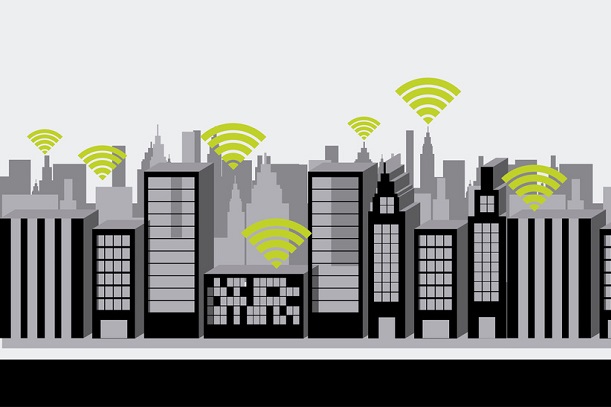More than half of all operators are planning to introduce carrier-grade Wi-Fi by 2020, with deployments slated to support IoT and smart cities, research from the Wireless Broadband Alliance has found.
The report said operators are moving away from so-called “best effort” networks, with no guaranteed quality to service, to carrier-grade, with the latter due to overtake the former by 2017.
By 2020, best effort hotspots will only account for 10 percent of the total, as operators look to Wi-Fi to support IoT networks and other kinds of connectivity.
The alliance said 57 percent of operattors have plans in place to deploy carrier-grade networks, with 80 percent of respondents saying they would use the tech to support the Internet of Things or M2M networks, and more than half saying they would support converged services and smart cities.
Shrikant Shenwai, CEO of the WBA, said: “Increased operator confidence in carrier-grade Wi-Fi technology has led to a surge in the growth of deployments over the past 12 months and set a trend that will to continue. Within five years there will be as much as a 70 percent rise in the number of carrier-grade public Wi-Fi hotspots deployed, vastly outnumbering current best effort.”
The report also found operators are changing how they use Wi-Fi. In 2015, almost a quarter of the business value of Wi-Fi is because of lowered costs and improvement in ARPU. By 2019, the networks will help contribute to overall ARPU through the likes of smart cities, Wi-Fi First and multiplay bundles.



